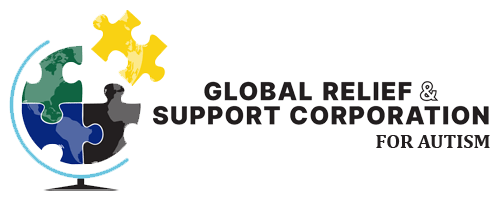Traveling can be an exciting adventure, but for families and individuals with autism, it can also present unique challenges. From sensory sensitivities to unfamiliar environments, navigating airports and airplanes may seem daunting. However, with careful planning and awareness of available resources, travel can become an enriching experience for everyone. In this blog post, we’ll explore essential tips for traveling with autism and provide helpful links to airlines’ special assistance programs and TSA Cares.
Understanding Autism and Travel:
Individuals with autism often have sensory sensitivities, routine dependencies, and a need for predictability. Travel can disrupt these elements, but with the right strategies, it’s possible to make the journey smoother and more enjoyable.Essential Travel Tips for Autism:
Plan and Prepare:
- Plan your trip well in advance, involving your loved one with autism in the planning process.
- Create a visual schedule or social story to explain the journey step by step.
- Visit the airport or transportation hubs ahead of time to familiarize your child with the environment when it’s not busy.
Choose the Right Time and Destination:
- Opt for flights during quieter times, when airports are less crowded.
- Consider destinations that cater to sensory-friendly experiences, such as nature retreats or destinations with quiet beaches.
Contact Airlines and TSA in Advance:
- Many airlines offer special assistance programs for passengers with autism. Contact them in advance to discuss your specific needs.
- Register with TSA Cares, a program that provides assistance and support through security screening.
Pack Sensory Essentials:
- Bring comfort items such as noise-canceling headphones, fidget toys, and sensory-friendly clothing.
- Pack favorite snacks and drinks to ensure familiar and safe options are available during the journey.
Request Pre-Boarding:
- Request pre-boarding when you check in to allow extra time for settling in and acclimating to the aircraft.
Seat Selection:
- Choose seats that accommodate your family’s needs, whether it’s proximity to restrooms, a window seat for sensory input, or extra legroom.
Visual Supports:
- Use visual supports like a travel-themed social story or a visual schedule to prepare for each phase of the journey.
Safety Measures:
- Ensure your loved one with autism wears a medical ID bracelet or carries identification with emergency contact information.
- Create an emergency plan and share it with travel companions.
Helpful Resources for Travel with Autism:
Airlines Special Assistance:
- Delta Air Lines Special Assistance
- American Airlines Special Assistance
- United Airlines Special Needs
TSA Cares:
- TSA Cares Program
Autism-friendly Destinations:
- Autism on the Seas
- IBCCES Certified Autism Centers



